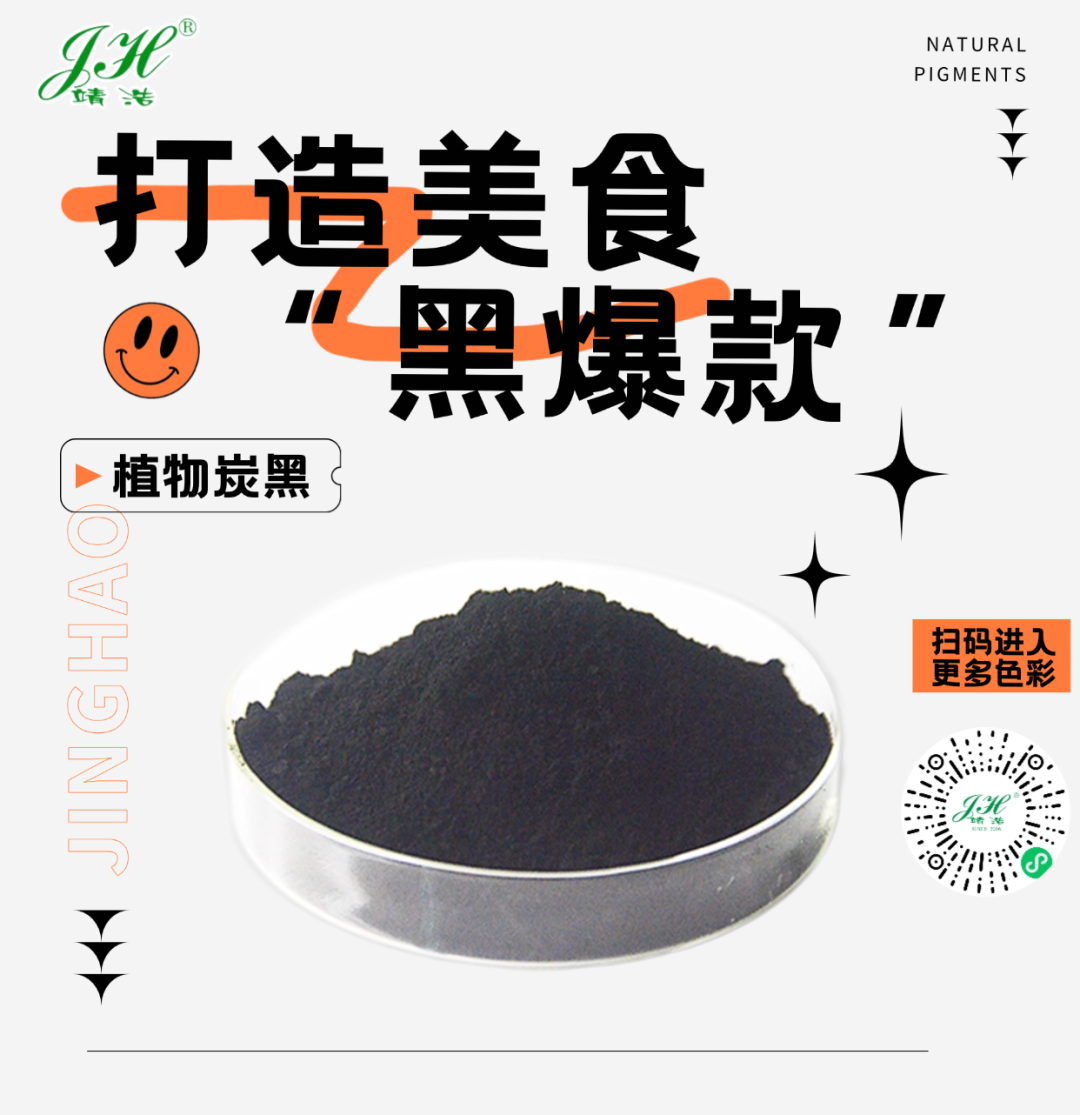

According to data from Mordor Intelligence in 2022, the application proportion of carbon black in the food and beverage sector has surpassed 35%, primarily driven by the Asia-Pacific and European markets. This trend is particularly evident in the healthy snack, baking, and beverage industries. Consumers' increasing preference for "no artificial additives" and the social media-driven popularity of black-themed foods (such as the "dark cuisine" trend) are key growth drivers.
Coincidentally, Generation Z consumers exhibit a strong affinity for the color black. A report released by Ten-cent, based on AI facial recognition and image processing analysis of billions of public photos from QQ Space albums, titled "AI + Fashion: Report on the Popular Colors of China's Post-95s," indicates that black is the favorite color among Chinese post-95s. Since 2016, black-themed foods have emerged as a phenomenon-level trend in the global catering industry. For instance, in 2016, a New York ice cream brand launched "coconut ash ice cream," utilizing carbon black to create a visually striking black appearance, which garnered extensive attention on social media platforms (with over 500,000 related tags on Instagram).

In 2018, Japan's "bamboo charcoal black burger" became a sensation across Asia.
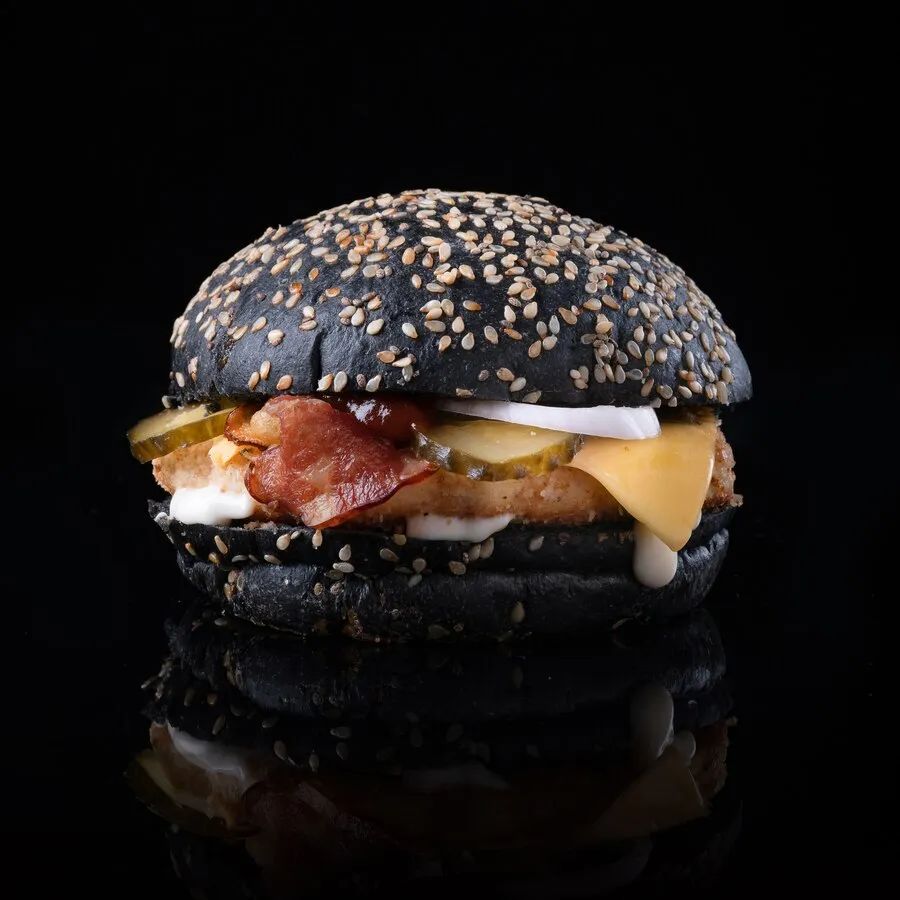
After 2020, bamboo charcoal cakes, black pizza bases, and dark chocolate buns further expanded into the global market.

Associating black with food amplifies its impact through its "unconventional" appeal. In an era where most dishes predominantly feature appetite-stimulating colors such as red, yellow, and green, the emergence of black dishes disrupts the norm, offering a strong sense of novelty and recognition, successfully arousing consumer curiosity.


Carbon black (CNS: 08.138, INS: 153) is a food additive derived from the carbonization and refinement of dried plant shells and husks. As an insoluble coloring agent, it is typically used in suspension form, often functioning as a masking agent. The product quality standard is outlined in the "National Food Safety Standard Food Additive Carbon Black" (GB 28308-2012), which specifies sensory and physicochemical indicators.
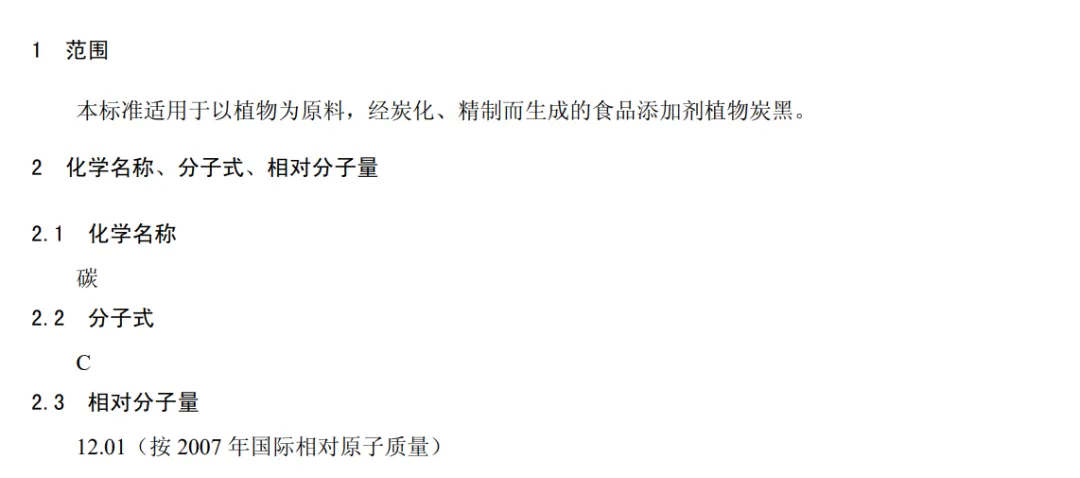

Specifically, carbon black is produced through incomplete oxygen-deficient combustion at temperatures ranging from 800 to 1000°C. It exhibits stable performance under light or high-temperature conditions, with a significant masking and coloring capacity due to its large surface area and unique surface adhesion properties. With a density of 1.8-2.1g/cm³, carbon black is widely regarded as the preferred pigment for producing black foods, meeting consumer demands for both appealing color and health-conscious choices.

In frozen desserts (Food Classification Number: 03.0), such as ice cream and popsicles (Food Classification Number: 03.01) and flavored ice and ice cream bars (Food Classification Number: 03.03), carbon black creates refreshing summer delicacies, offering consumers novel experiences.
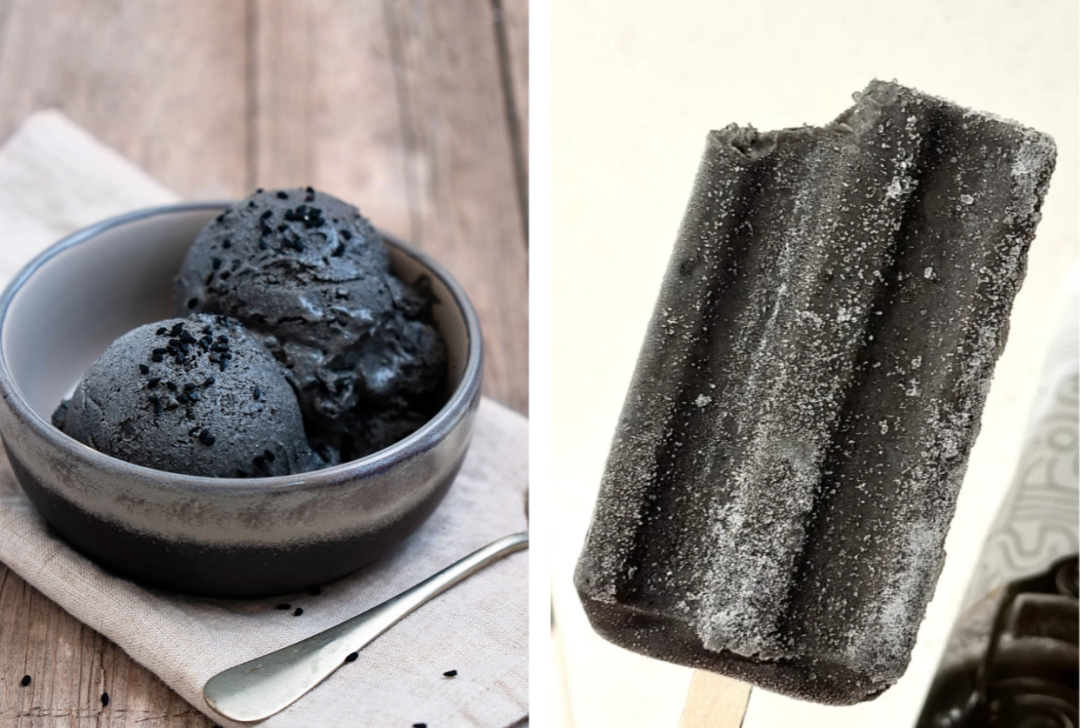
In pastries (Food Classification Number: 07.02), it imparts a deep black or gray hue, enhancing visual appeal.

Among other snack foods, including biscuits (Food Classification Number: 07.03), wafers (Food Classification Number: 07.03.02), egg rolls (Food Classification Number: 07.03.03), candies (Food Classification Number: 05.02), and roasted nuts and seeds (Food Classification Number: 04.05.02.01.01), carbon black breaks traditional color norms, creating a mysterious or premium aesthetic.

Regarding the black hues needed by other food production industries, it also can be achieved through compound black pigment, for example,
For achieving black tones in other food production industries, melanin compounds, such as cuttlefish sausages and dumplings, may also be utilized. Specific industry categories and usage amounts are detailed in the "GB2760 National Food Safety Standard for Food Additive Use."

On March 16, 2025, the National Health Commission and the State Administration for Market Regulation of the People's Republic of China issued GB1886.384-2025 "National Food Safety Standard Food Additive Carbon Black," replacing GB28308-2012. The updated standard will take effect on September 16, 2025. Key revisions include:
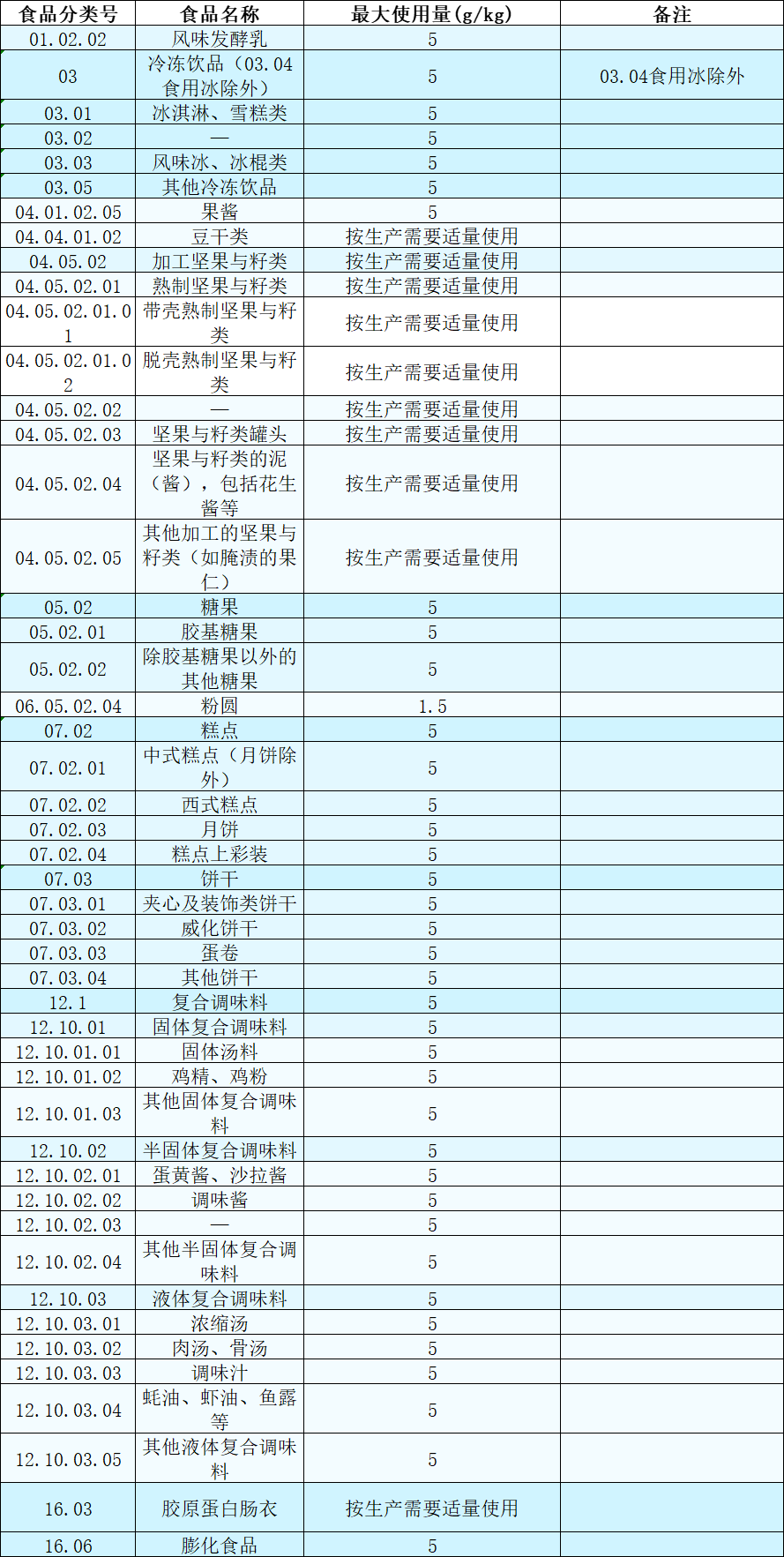
On March 16, 2025, the National Health Commission and the State Administration for Market Regulation of the People's Republic of China issued GB1886.384-2025 "National Food Safety Standard Food Additive Carbon Black," replacing GB28308-2012. The updated standard will take effect on September 16, 2025. Key revisions include:

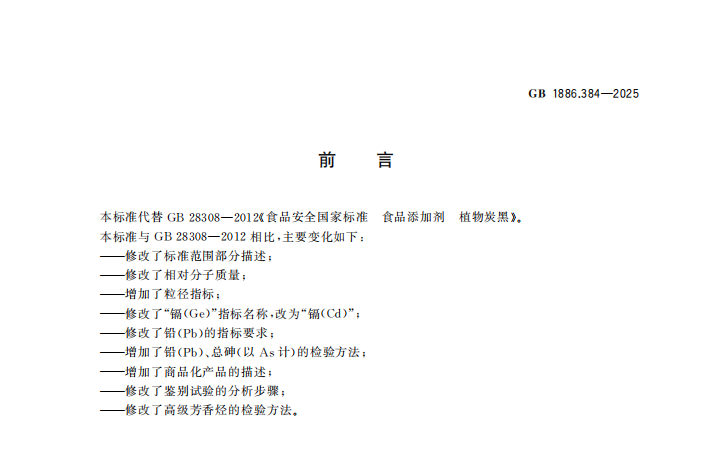
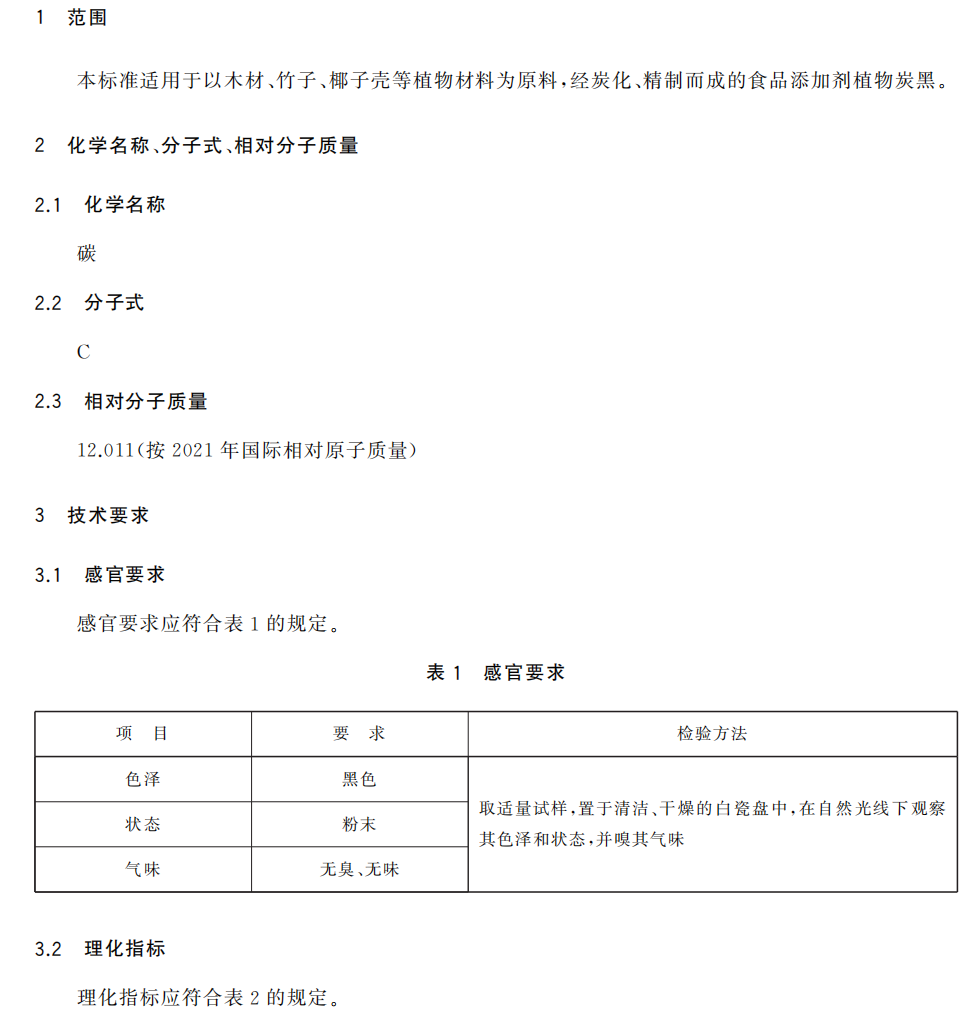

Add the description of commercialized products:
For diverse color requirements within different food processing industries, customized food application solutions and technical support can be provided based on customer’s specific food classification numbers.
Please call us or mail us:
COMPANY: ZHUHAI JINGHAO BIOLOGICAL-TECH CO.,LTD.
ADDRESS: AREA B, 4-3 FLOOR , NO. 5 BUILDING , CHUANGYE WEST ROAD, SHUANGLIN SECTION, LIANGANG INDUSTRIAL ZONE, JINWAN DISTRICT, ZHUHAI CITY, GUANGDONG PROVINCE, CHINA. P.C. 519000.
WEB.: http://www.biolo-tech.com E-MAIL: info@biolo-tech.com
TEL.: 0756-6255288/0756-6255280 MOB.: 13928090373




Hot search label:
Carbon black、 Gardenia yellow、 Curcuma longa、 Natural carotene、 Tripotassium glycyrrhizinate、 Carmine、 Compound colorant、 Complex customizationZhuhai Jinghao Biological-tech Co., Ltd 粤ICP备20042151号